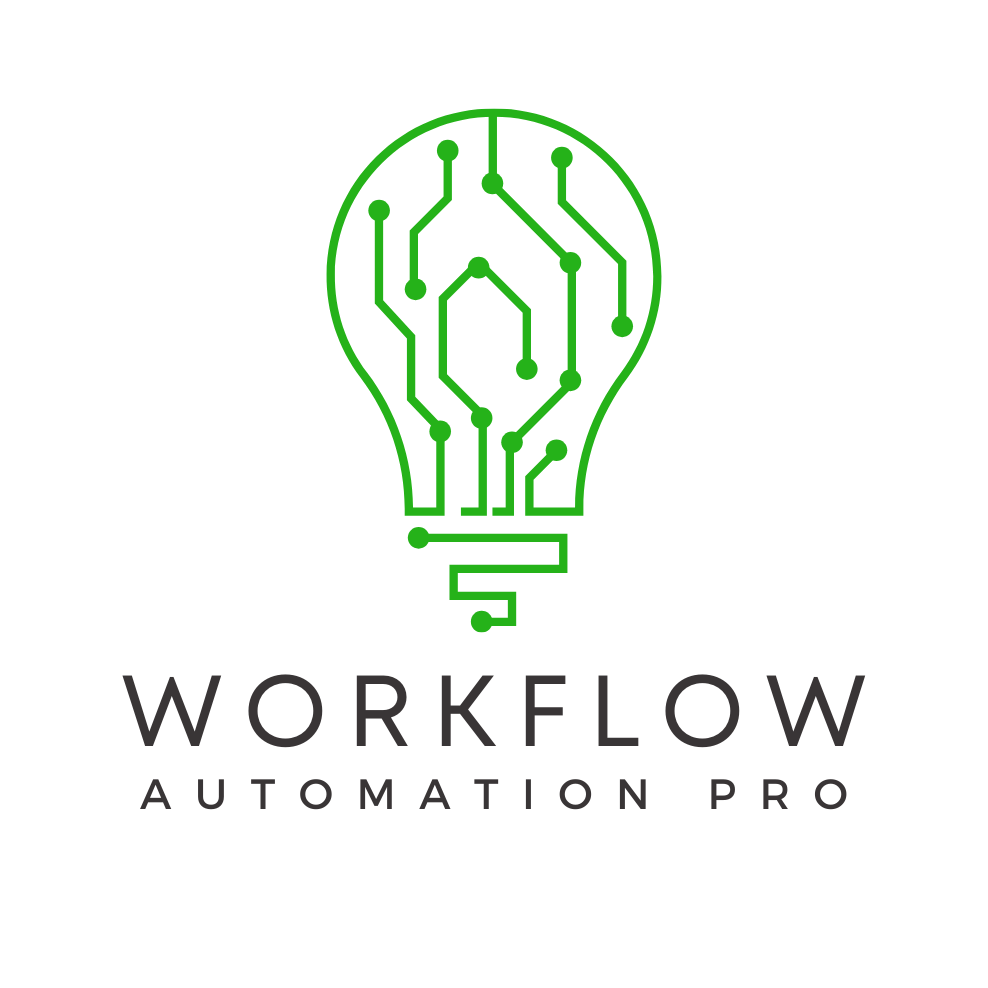-
DIY Preloader for Your Forms
Tyler Trotter | June 18, 2025When a slow internet connection and complex web forms collide, it can take a few more seconds for your page to load. Learn how to add a custom preloader to indicate that the content is loading.
-

90% Faster Project Management with Workflow Automation
Bethany Little | June 11, 2025Learn how a construction project management firm made its project management workflows more efficient with Cognito Forms, resulting in 90% faster form completion time.
-
Quantitative Research Questions - Your Path to Better Data Collection
Amy Jussel | June 3, 2025Great data starts with great questions. In this guide, you'll discover how to craft effective quantitative research questions that fuel meaningful insights and smarter decisions.
-
Automation in Healthcare Drives CareSphere’s 314% Growth
Bethany Little | May 8, 2025Discover how a home healthcare agency turned paper-based onboarding processes into automated workflows with Cognito Forms – resulting in 314% revenue growth and 93% faster onboarding.
-
The Smart Way to Gather Client Info - Intake Form Best Practices
Amy Jussel | May 5, 2025Discover the benefits of online intake forms – from improved accuracy to HIPAA-compliant data protection – and get tips, templates, and best practices for legal, healthcare, marketing, and more.
-
Cognito Forms Protects the Privacy of Customer Data
Jamie Thomas | May 1, 2025A necessary update to our privacy policy.
-
5 Essential Guidelines for Creating GDPR Forms
Nadia Afshar | May 1, 2025Create GDPR-compliant online forms with these expert tips. Ensure data protection and compliance with GDPR regulations in your forms.
-
Dogfooding in Tech Development Fuels Better Software
Jamie Thomas | April 17, 2025Discover how you can strengthen feedback loops, build empathy across teams, and drive quality software development with dogfooding.
-

Certified Partner Empowers Clients with No-Code Automation
Bethany Little | April 10, 2025Learn how a workflow automation consultancy uses Cognito Forms to complete projects 20% faster and achieve 98% client satisfaction ratings.
Write with Purpose - How to Align Survey Questions with Research Goals
Learn how to turn research objectives into smart survey questions and use online forms to collect the information that informs data-driven decisions.
Read the Post





